|
For this week’s #52Ancestors I am returning to Hannah Oliver, who was last seen in April when I told the story of how her husband Richard Message was transported to Australia. Negatives - Richard Message transported - Sussex Genealogist The theme is Wrong side of the Law but Hannah was on the right side of the Law in this instance. Hannah remained in Sussex, she had an illegitimate daughter, Elizabeth Harriet in 1822 who married John Funnell my great x3 grandfather in 1840. For the 1841 census Hannah was living at Alehouse Farm in Bodle Street Green with John Catt, an Agricultural Labourer. By the time of the 1851 census she was still living with John Catt, he was a widower, she was a widow and by the 1861 they were in Warbleton, not far from the Three Cups Inn, which was being run by John and Elizabeth Funnell. She was described as John Catt’s Housekeeper and one of her granddaughters, Caroline Funnell appeared with them. I recently found this interesting story in a local newspaper in 1867 involving them both: Mary Jane and John Lavender of Dallington were charged on remand, the former with stealing, the latter with receiving 12 sovereigns, 1 half sovereign, 1 sixpence, 1 box and 2 books from the house of John Catt in Warbleton on 19 May. Mary Jane was the 8 or 9 year old daughter of John Lavender, who was out on bail. Mary Jane was brought into the court sobbing. Hannah Message, housekeeper to John Catt, deposed that John Catt on last Sunday week had 10 sovereigns and 5 half sovereigns in a small box kept in a large chest in his bedroom. On the Monday they had gone. Mary Jane Lavender had been living at the house for some time, her father lived about a mile away and she had no mother. Her brother George Lavender had come for her at about 10 o’clock, she had been up and down stairs several times. Charles Catt, John’s son corroborated Hannah’s evidence. Charles Catt had talked to Mary Jane Lavender and sent her to talk to Mrs Funnell (Hannah’s daughter) and after that had visited the prisoner, John Lavender who admitted the girl had given him the two books and sixpence but nothing else. Elizabeth Harriet Funnell was called to the stand and reported that she had gone to her father’s John Catt hearing some money had been lost. Her brother had sent the little girl in to talk to her. She admitted to Elizabeth she had taken the money and had given it to Emily Crouch for a patch piece. Emily Crouch, aged 13 had admitted that Mary Jane had given her a little box for which she had given her a piece. (piece of material to patch a hole).
Various local witnesses were called who all agreed that Mary Jane had given her father a sixpence. PC John Simmons had been called to the house on the morning of Monday 20th May and had spoken to Mary Jane who admitted she had taken the money and shown him where from. The box she had given to Emily Crouch. John Lavender was questioned by the PC and only admitted to the sixpence, nothing more. He had searched the house but did not find the money. The girl was remanded for a week and the father for a fortnight on his own recognizances. This newspaper report as you can see is gold dust to a genealogist, it mentions neighbours and their families and where they lived. It also gives some idea of the amount of money John Catt had which I have to admit is more than I would have imagined he would have. But to me this gives a clue to Hannah’s circumstances. I always had this theory that there was more to the relationship between Hannah and John Catt than master and housekeeper. They remained together for at least 3 decades to her death. All the time she presumably imagined her husband was still alive in Australia and she remained married. In this article, Elizabeth Harriet referred to John as father and to Charles Catt as brother, which suggests a closeness more than daughter of housekeeper and master. But Elizabeth’s two marriage certificates put Richard Message as father on the first, impossible as we know, he had been in Australia since 1807, and she wasn’t born until 1822, and blank on the second certificate. It most certainly is an intriguing story and Hannah remains one of my favourite ancestors. I continue to research this one!
1 Comment
This week’s #52 Ancestors theme is Tombstones and I thought I would write more about Jonathan Harmer (1762-1849) who I mentioned last week and his terracotta grave decorations. Jonathan's father (Jonathan Harmer 1723 - 1800) was a Stonemason living at Portland Square, Heathfield, Sussex and on his death in 1800 he bequeathed to his two sons 'all such Portland and other stone, together with my working tools and utensils belonging to the trade of stone mason, brick layer and land surveying books.' Jonathan who had emigrated to America in 1796 returned to Heathfield and took over the family business which he ran until 1839 when it was taken over by his sons. In the difficult times of the 19th century, those living locally who were poor could only afford a simple headstone and Jonathan, taking pity on these people came up with the idea of ornamental bas-relief terracotta memorial plaques from the local red clay from Heathfield Park, sometimes combined with paler imported clay. These plaques were affixed to the gravestone and many have lasted for 200 years and you can still see them in a number of Sussex graveyards. To keep costs down he made his own clay moulds and could therefore turn out many identical panels rather than each being carved individually. He devised a method where he cut the outline of the terracotta into the stone, then cut about 3/4 inch deeper into the stone creating a cavity. The terracotta plaque of the same or slightly thicker depth was made, then the plaque was glued into the cavity using a mortar. There are different designs varying from baskets of fruit and flowers, cherubs, urns of flowers and angels. They were fashioned in the same way as the marble stones he carved. Customers could also choose their own designs and some individual designs still remain alongside the more usual ones in graveyards around the locality.
Churchyards where his work can still be seen: Hailsham, Cade Street, Mayfield, Framfield, Brightling, Burwash, Warbleton, Herstmonceux and Salehurst. Other Plaques can be seen at the Brighton Museum and the Anne of Cleeves House Museum in Lewes. Although it is reputed that Jonathan's method died with him in 1849, his son, Sylvan has been said to have carried on the manufacturing of the terracottas after Jonathan's death although in the 1851, 1871 and 1881 census records he is recorded as being a Land Surveyor. I have been unable so far to find any records of any of Jonathan's grandsons taking over the business, however, Sylvan's gravestone dated 1884 at Old Heathfield Churchyard is the latest terracotta I have found, therefore someone must have carried on the tradition for a little while at least. This week’s #52Ancestors theme is Ghost Story and I decided to share my own ghost story with you. I’ve always been a bit sceptical about ghosts and ghouls and things that go bump in the night but this curious incident might have changed my mind a little, then again it may have been just my imagination, and apologies if you have heard this story before. When I started my family history research 20 years ago I spent a couple of years visiting local churchyards searching for the graves of my ancestors and one gloomy October afternoon in 2007 I visited Chiddingly Church. I walked round the graveyard looking for Funnell graves and despite having walked around the graveyard a couple of times I could not find any at all. There were supposed to be loads of Funnells living in the Chiddingly in the early 1800s but I couldn’t see a single Funnell grave. You can tell that by the series of photographs I took on that afternoon, a squirrel, some fungi and some Jonathan Harmer terracottas. I had walked round 3 times and I was just deciding to head home when out of the corner of my eye I caught a movement and looked up and I saw the dark shape of a person heading across the graveyard towards the Yew tree. I hadn’t noticed anybody else in the graveyard despite having been there for some time now and for some reason felt compelled to follow the figure. I arrived at the Yew tree and the figure had disappeared, nowhere to be seen in the graveyard or the car park behind the fence which was odd. Anyway I realised that under the yew tree there were a number of graves that I had not seen on any of my 3 previous times around the graveyard and every single one of them was a Funnell.
Now you can scoff and say what you like but whatever it was I saw led me to the Funnell graves that I had been searching unsuccessfully for. I am convinced it was Funnell who got fed up of my aimless wandering and thought they would help me along! But whatever the truth is, it makes for a good memory! This week’s blog theme for #52Ancestors is Shadows and I thought I would write about someone who was constantly in the shadow of her husband, Esther or sometimes Hester Young. I have been so desperate since starting my family history to find Corles Baldwin my great x 4 grandfather that I often overlook his wife. Esther was my great x4 grandmother and this is her story as I know it so far. She was born in Cork, Ireland in about 1786. This is according to the records I have so far found for her. She married Corles Baldwin in 1811, this is according to a number of records found on Ancestry such as the Marriage Licence Bonds for the Diocese of Cork and Ross which lists Corles Baldwin and Hester Young married 1811. It appeared that Corles and Esther moved to England between 1815 and 1823. We think this because their son Thomas was born 1815 in Ireland, according to the census returns available for him. He was also a shoemaker. He married Margaret in 1839 in St Giles in the Fields and stated his father was Corles Baldwin, Shoemaker. He and his wife Margaret had a son, Corles in 1840 who died in 1844. He and Margaret and their subsequent children emigrated to Canada after 1851. There was also a Henry Baldwin born in Cork in 1812 who married Hannah Darby in Preston, Lancashire who named father as Corles but as yet he has not been definitely connected to Corles and Esther, his marriage certificate showed his father Corles as a Farmer. If you are interested in reading more about some of the research carried out on this family via a forum called Rootschat.com take a look at my Scavenger Hunt from a few years back KerryB's Scavenger Hunt...Everyone Welcome To Join In (The Common Room) Once Esther and Corles arrived in England they had 4 children all in St Giles in the Field: William born 1823, baptised on 20 February and buried on 18 April 1823 Sarah born in 1824, baptised on 14 November 1824, she married Michael Madigan in 1843. More about them in #52Ancestors - High and Low - Sussex Genealogist William Henry was my great x 3 grandfather and he was born on 6 November 1829 and baptised on 22 November 1829. He married Emma Buxton on 24 October 1852 in Bethnal Green. Lastly Henry was born in 1833 and baptised on 8 September 1833 but he died and was buried on 6 August 1834. Esther and Corles appeared with William on the 1841 census at 1 Buckridge Street in Finsbury, sharing the property with 3 other families. The only Sarah Baldwin I could find during 1841 was a 15 year old pauper in the St Giles and Bloomsbury Workhouse which is a possibility as this was a few streets away from Buckridge Street.
In 1847 Corles died after suffering after having Ashthma for 5 years and by 1851 Esther was living with William who was by now, 21 years old and working as a Gilder. They were lodging at 25 Fitzroy Place in St Pancras with Ellen Belly, also a widow and her children. Ellen was a Charwoman and Esther was a Dressmaker. Esther died on 7 April 1853 at 22 Fitzroy Place after 4 months of Phthisis. An unknown woman Elizabeth Kavanagh was present at her death. Presumably someone she had lodged with. William who had married Emma Buxton the previous October was living in Bethnal Green. I have tried to find many of these dwellings on maps but so far only have approximate places for them. For instance it would appear Buckridge Street has become Bucknall Street. Fitzroy Place is believed to be in Fitzrovia, possible on Fitzroy Street. Certainly on the 1851 census return the next street on the census after Fitzroy Place is Brook Street which does appear over the other side of what is now the Euston Road. One day I would like to find Esther or Hester in Ireland and who her family were. I have a number of questions such as whereabouts in Cork did she live? Who were her parents and did she have siblings? One day I may find the answers. |
AuthorKerry Baldwin Archives
June 2023
Categories |
|
Copyright Kerry Baldwin 2024
|
Proudly powered by Weebly
|

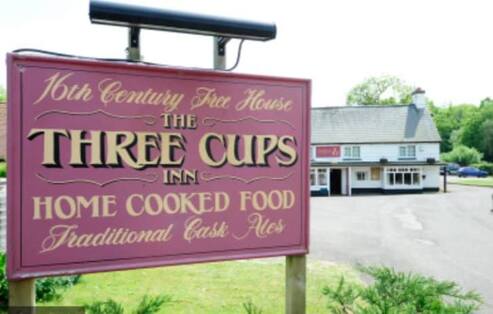
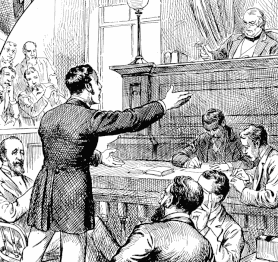
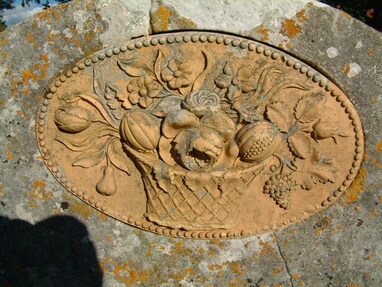
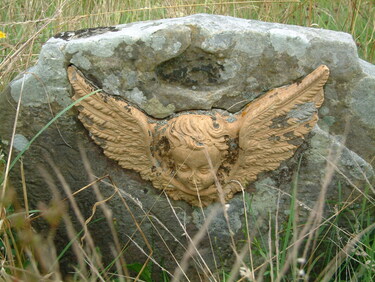
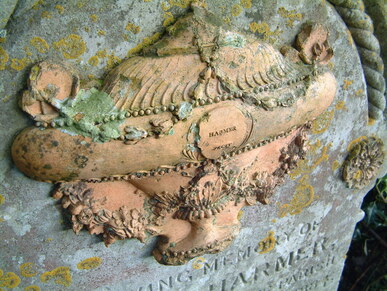
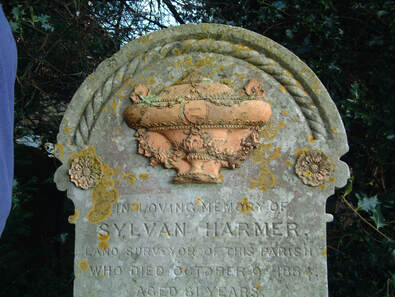
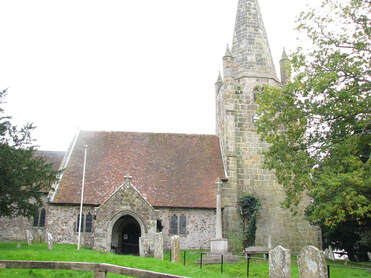
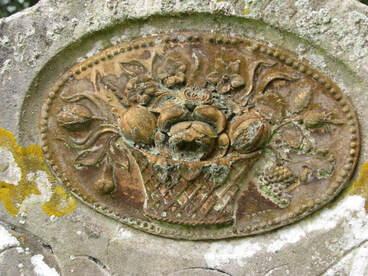
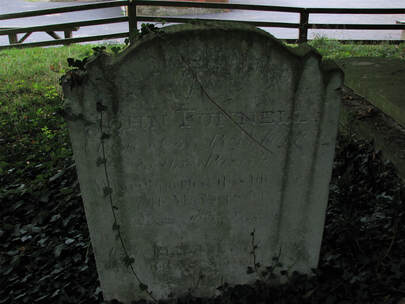
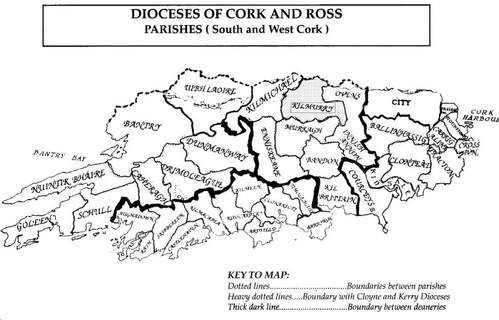

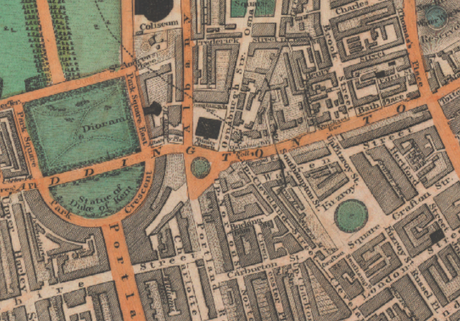
 RSS Feed
RSS Feed
